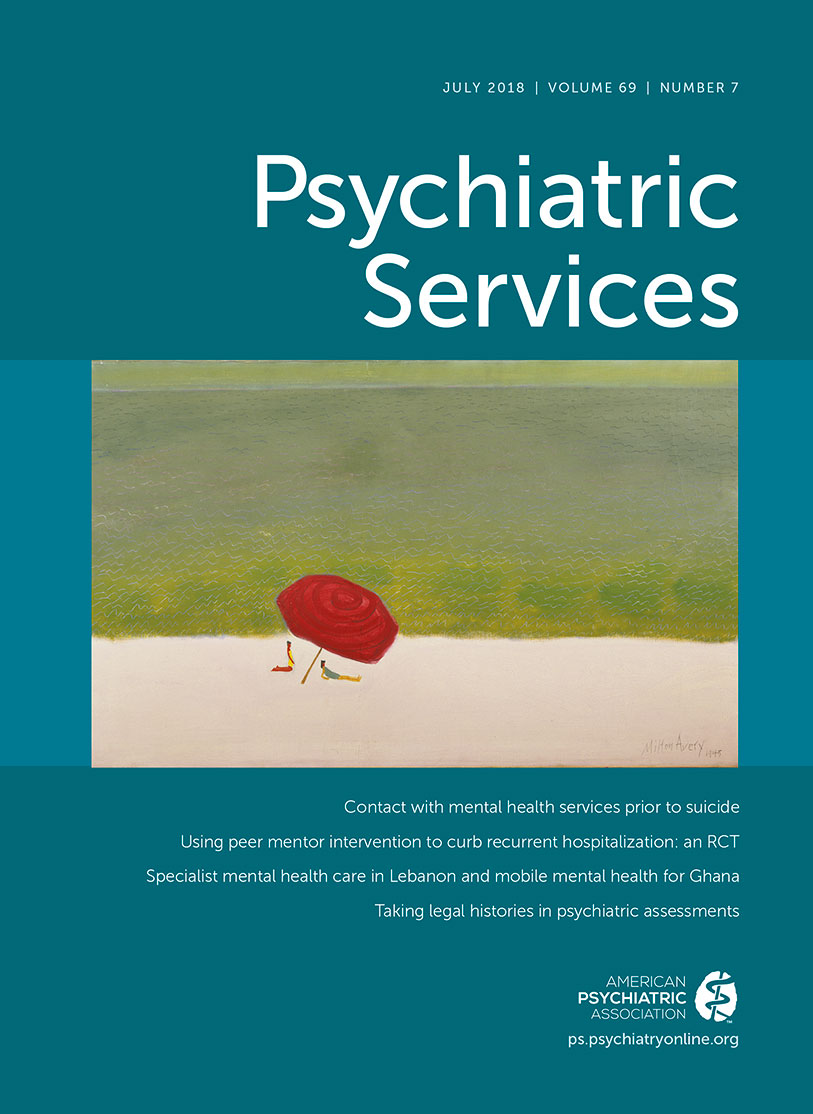Use of Security Officers on Inpatient Psychiatry Units
Abstract
Objective:
Violent and aggressive behaviors are common among psychiatric inpatients. Hospital security officers are sometimes used to address such behaviors. Research on the role of security in inpatient units is scant. This study examined when security is utilized and what happens when officers arrive.
Methods:
The authors reviewed the security logbook and the medical records for all patients discharged from an inpatient psychiatry unit over a six-month period. Authors recorded when security calls happened, what behaviors triggered security calls, what outcomes occurred, and whether any patient characteristics were associated with security calls.
Results:
A total of 272 unique patients were included. A total of 49 patients (18%) generated security calls (N=157 calls). Security calls were most common in the first week of hospitalization (N=45 calls), and roughly half of the patients (N=25 patients) had only one call. The most common inciting behavior was “threats to persons” (N=34 calls), and the most common intervention was intramuscular antipsychotic injection (N=49 calls). The patient variables associated with security calls were having more than one prior hospitalization (odds ratio [OR]=4.56, p=.001, 95% confidence interval [CI]=1.80–11.57), involuntary hospitalization (OR=5.09, p<.001, CI=2.28–11.33), and going to court for any reason (OR=5.80, p=.004, CI=1.75–19.15).
Conclusions:
Security officers were often called for threats of violence and occasionally called for actual violence. Patient variables associated with security calls are common among inpatients, and thus clinicians should stay attuned to patients’ moment-to-moment care needs.




